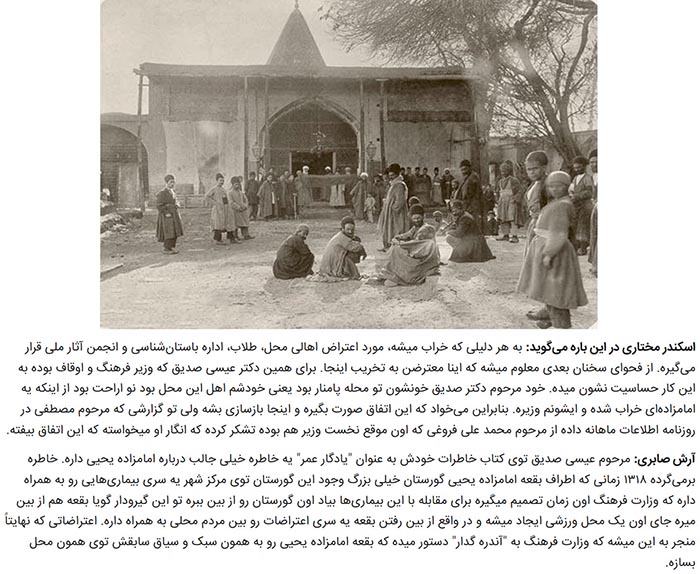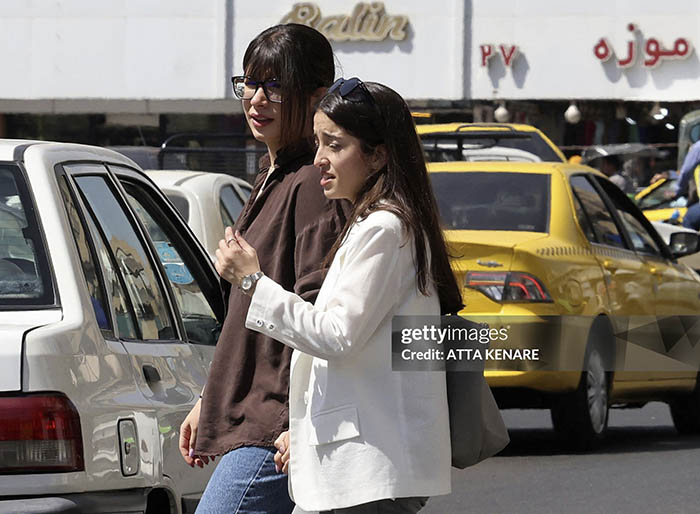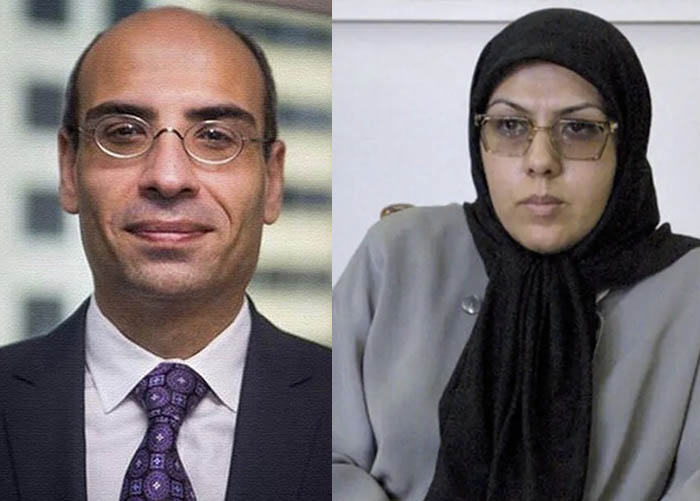Exploring the Cultural Significance of Imamzadeh Yahya Passage in Tehran

The Evolution of Imamzadeh Yahya Passage through Time
In the early 20th century, as Tehran modernized under Pahlavi rule, the urban landscape began to shift dramatically. The original surroundings of the Imamzadeh mausoleum became a building site for new developments aimed at sanitation and expansion. In 2005, the Oudlajan neighborhood gained recognition as a national heritage site, emphasizing the importance of preserving the unique aspects of the Imamzadeh Yahya Passage amid modernization pressures.
The passage has witnessed various significant events in Iranian history, including the Constitutional Revolution, which played a pivotal role in shaping contemporary Iranian society. The struggles of the local populace against the potential destruction of their historical landmarks reflect a deeper connection to cultural identity, as seen in the protests led by residents and scholars advocating for the preservation of their historical sites.
Imamzadeh Yahya Passage in Iranian Cinema
The cultural significance of the Imamzadeh Yahya Passage extends into Iranian cinema, particularly through the renowned film “Qaiser,” directed by Masoud Kimiai. The film not only showcases the vibrancy of the neighborhood but also captures the essence of the local culture, acting as a nostalgia-laden representation of a bygone era. The streets, coffeehouses, and the Imamzadeh shrine itself became symbols of community and resilience against tumultuous times.
Masoud Kimiai’s personal ties to the neighborhood further enhance its relevance, as his childhood experiences in this area offered him inspiration for his cinematic works. For generations, the film has evoked nostalgia among audiences, creating a cultural dialogue about the significance of place and memory in Iranian identity.
March 26, 2025 | 8:56 pm



